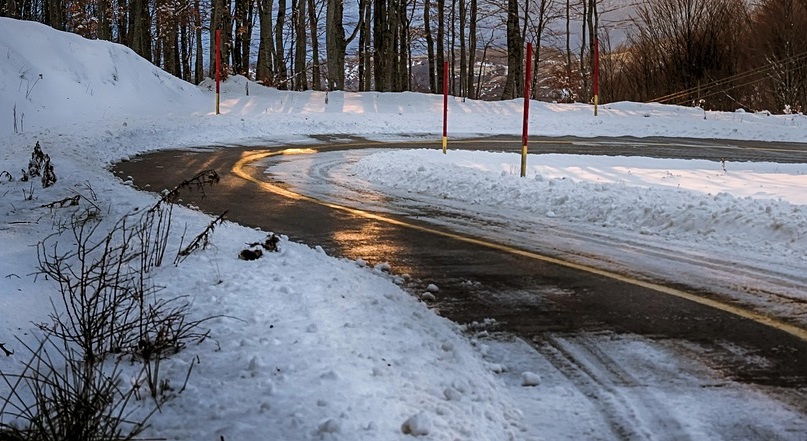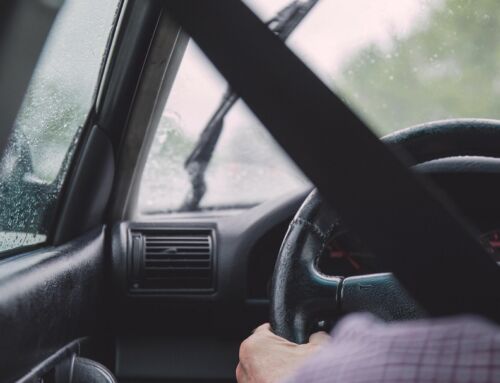Indiana’s winters are notoriously harsh, bringing icy roads and heavy snowfall that can transform scenic landscapes into treacherous paths for drivers. While the snow invites winter enthusiasts to engage in cold-weather activities, it also poses significant risks on the roads. Despite these challenging conditions, drivers are expected to exercise caution and drive responsibly. When they fail to do so, they can still be held accountable for the injuries they cause, even if weather conditions play a role in the accident.
Snow and ice create hazardous driving conditions in multiple ways. The most apparent danger lies in the slick roads, making it challenging for drivers to maintain control of their vehicles safely. However, the responsibility of ensuring road safety extends beyond merely navigating the slick terrain. Drivers are expected to clear their entire vehicles of snow and ice before embarking on a trip. Failing to do so can lead to reduced visibility when snow falls from the roof onto windows and, worse, large chunks of ice becoming projectiles that can cause accidents and loss of control for other vehicles.
One of the most dangerous threats on winter roads is black ice, a nearly invisible, transparent ice layer that blends seamlessly with the road’s surface, making it exceptionally difficult to detect. Formed during light freezing rain or when melted ice or snow refreezes on hard surfaces like roads and sidewalks, black ice poses a significant risk to both pedestrians and drivers. For drivers, detecting black ice is particularly challenging, as they may not realize its presence until their vehicle starts sliding, leading to loss of control.
When involved in a black ice accident, seeking legal counsel is crucial. Determining fault in these cases can be complex, and professional legal assistance can help navigate the intricacies of the law. Collecting substantial evidence is paramount in these situations. Working closely with an attorney ensures that all pertinent details are documented, building a robust case that holds the responsible party accountable for the black ice accident.
Indiana operates under a “modified comparative fault” system for personal injury cases, including ice and snow-related accidents. This means that in a lawsuit, the court calculates the percentage of fault attributable to each party involved in an incident. Under this system, a plaintiff can recover damages only if their percentage of fault does not exceed 50%. If a plaintiff is found to be 51% or more at fault, they cannot recover any damages.
The key takeaway is that a driver can still be held liable in an accident, even if adverse weather or road conditions played a role in the crash. Bad weather, generally speaking, is a not a viable defense for an at-fault party. It is a driver’s responsibility to accommodate and adjust for any unfavorable weather or road conditions.
If you have been injured as the result of a weather-related accident, contact an experienced attorney at Hurst Limontes and we will be happy to review your case. We work on a contingency basis, meaning there is no cost to you unless we reach a settlement or jury verdict award on your behalf.
Call 317-636-0808 or email us for a FREE and confidential consultation or complete the contact form information below.





